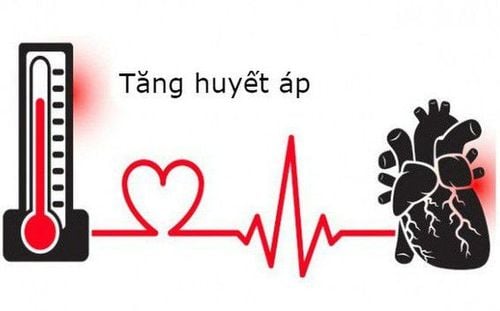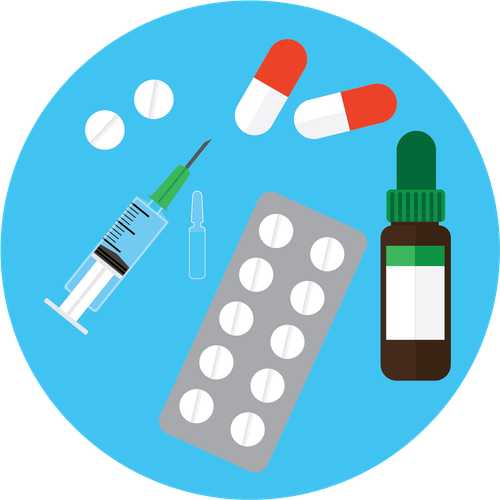This is an automatically translated article.
The article was written by MSc, Dr. Pham Thi Hai Yen, Department of Rehabilitation, Vinmec Times City International General Hospital
Patients with heart failure always face great risks due to complications that the disease causes. Patients need intensive treatment to improve their cardiovascular health. Cardiovascular rehabilitation for heart failure patients not only improves heart strength, strength, and physical endurance, but also shortens hospital stay for patients.
1. Purpose of rehabilitation for patients after cardiac surgery
Improves heart strength in patients with cardiovascular disease and recent major surgery; Increase the oxygen exchange capacity of the lungs, avoid atelectasis, the airway is open; Increase strength, physical endurance and shorten hospital stay for patients; Help patients be confident during cardiac rehabilitation exercises, as well as confidence in life and work.
2. Stages of cardiovascular rehabilitation
Rehabilitation for this patient is divided into 3 stages:
2.1 Stage 1: before and after surgery from 5 days to 2 weeks Before surgery: after being screened, do necessary tests, functional assessment (Test: Conversation, stress test on Treadmill...), breathing exercises, endurance exercises. After surgery: time is usually from 05 - 07 days. At this stage, patients are usually monitored in the intensive care unit and the cardiology department. Patients will be instructed in the lying position, how to hold the chest when coughing and sneezing, exercised according to the range of motion of the limbs, and encouraged to walk on flat surfaces.

Trước phẫu thuật bệnh nhân được khám sàng lọc
2.2 Stage 2: from the time of discharge, from 6 to 12 weeks When the patient is discharged from the hospital, he will be taught how to take care of the incision, exercise at home, housework that can be done, participate in group practice at the rehabilitation department according to the schedule once a week; 02 times/week; 3 times/week.
2.3 Stage 3: calculated from the 3rd month onwards. This time the patient is in the recovery stage, gradually returning to work and integrating into life. Patients are disseminated knowledge about nutrition, exercise to increase endurance, change habits and lifestyle.
3. Indications and contraindications
3.1 Indications There is indication for surgery or intervention, age ≥ 6 years old; Have indication or have undergone coronary bypass surgery; Having indication or having surgery to replace valve, repair heart valve; Congenital heart has been surgically repaired defects in the heart, aorta; After percutaneous cardiovascular intervention. 3.2 Contraindications New stable acute myocardial infarction (within 3 - 5 days); Unstable angina; Symptomatic arrhythmias or uncontrolled hemodynamic disturbances; Myocarditis , endocarditis, acute pericarditis; Aortic valve stenosis; Heart failure with uncontrolled symptoms; Pulmonary thrombosis, acute pulmonary infarction; Severe hypertension (>200/100mmHg, at rest), uncontrolled; Acute noncardiac conditions that may affect exercise performance or be worsened by exercise (infection, renal failure, thyrotoxicosis, etc.); Physical disabilities do not allow exercise.

Phục hồi chức năng chống chỉ định đối với bệnh nhân mắc tăng huyết áp nặng
4. Rehabilitation
4.1. Rehabilitation principles Rehabilitation interventions both before and after surgery. Exercise early after surgery; Exercise gently while the patient is still on the ventilator and gradually increase the intensity after removing the ventilator.
Assess the patient's exercise adaptability Evaluate the patient's exercise adaptability through:
Conversation Test: Select the level of effort that allows the patient to still talk while exercising, but not sing Okay . Heart rate: Threshold of safe heart rate during exercise = resting heart rate + (60-80%) reserve heart rate. Where: Reserve heart rate = maximum heart rate – resting heart rate (Maximum heart rate = 220 – patient age).
During exercise, if at rest, 120 ≤ heart rate ≤ 50, you must stop exercising. When you are exercising, if you see an increase of ≥ 30 beats / min, you need to rest.
RPE (Rating of Perceived Exertion)
Ten signs to stop exercising + Severe chest pain, feeling of heaviness in the chest;
+ Difficulty breathing, unable to speak;
+ Excessive sweating;
+ Blurred vision;
+ Heart often skips beat;
+ Dizziness, lightheadedness;
+ Nausea;
+ Leg cramps;
+ New appearance of muscle weakness in the arms, legs or in 1⁄2 people;
+ Generally weaker during exercise.

Khi bệnh nhân buồn nôn cần dừng tập ngay lập tức
4.2. Treatment methods and rehabilitation techniques Stage 1. Calculated from the time the patient is admitted to the hospital before discharge Before surgery: the patient takes a few days to do the necessary tests, during this time, the patient is :
+ General assessment of health as well as exercise capacity;
+ Guide to active breathing, increase vital capacity, maximum expiratory volume;
+ Exercise hard, strengthen general fitness.
After surgery: the first day after surgery, because the patient still needs to be on a ventilator, the patient will be instructed to:
+ Breathe correctly, and know how to protect the incision when coughing, sneezing, wearing a rib belt;
+ Vibrating the lungs, this technique helps to loosen phlegm and secretions in the bronchi, facilitate coughing and spitting, and help with good lung ventilation;
+ Actively assist or passively assist legs and arms.
At the Cardiology Department: the patient is getting better (stable blood pressure, pulse, heart rate...):
+ Change position, walk around the room and exercise active limbs;
+ Practice active breathing in a sitting or standing position (wearing a chest belt);
+ Work out on a Treadmill or an exercise bike at a warm-up level.
Stages 2 and 3: from hospital discharge to when the patient can integrate into life Instructions on how to take care of yourself at home:
Care for incision hygiene, regular maintenance of hygiene steps and body care; How to practice at home, can do light work at home, up and down stairs; How to recognize abnormal signs, change lifestyle, (quit smoking, eat well, reduce fat, increase exercise, stay happy and optimistic...); Maintain a good exercise program indoors as well as outdoors. Environmental temperature and humidity can adversely affect the functioning of the cardiovascular and circulatory systems in the body, it is necessary to avoid exercising in the sun or an environmental temperature index of 80 degrees F / 75% humidity (27). poison). Exercising in the morning or afternoon is best. A rehabilitation program after cardiac surgery needs to go through 3 stages, therefore, the monitoring and follow-up examination should be carried out very closely to ensure good results once a month to adjust the medication and Exercise regime.
To protect cardiovascular health in general and detect early signs of cardiovascular disease, customers can sign up for Cardiovascular Screening Package - Basic Cardiovascular Examination of Vinmec International General Hospital. The examination package helps to detect cardiovascular problems at the earliest through tests and modern imaging methods. The package is for all ages, genders and is especially essential for people with risk factors for cardiovascular disease.
Please dial HOTLINE for more information or register for an appointment HERE. Download MyVinmec app to make appointments faster and to manage your bookings easily.













